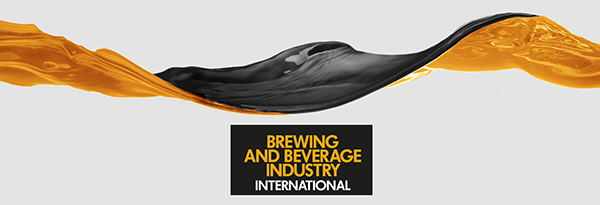Your smartphone can tell when you've had too much to drink by detecting changes in your walk, according to a new study published in the Journal of Studies on Alcohol and Drugs. Having real-time information about intoxication could be important for helping people reduce alcohol consumption, preventing drinking and driving or alerting a sponsor for someone in treatment, according to lead researcher Brian Suffoletto, M.D., with Stanford University School of Medicine's Department of Emergency Medicine. "We have powerful sensors we carry around with us wherever we go," Suffoletto says. "We need to learn how to use them to best serve public health."
For the study, Suffoletto and colleagues recruited 22 adults ages 21 to 43. Volunteers came to a lab and received a mixed drink with enough vodka to produce a breath alcohol concentration of 0.20 percent. Then hourly for seven hours, participants had their breath alcohol concentration analyzed and performed a walking task. Here, researchers placed a smartphone on each participant's lower back, secured with an elastic belt. Participants walked a straight line for 10 steps, turned, and walked back. The smartphones measured acceleration and mediolateral (side to side), vertical (up and down) and anteroposterior (forward and backward) movements while the participants walked. About 90 percent of the time, the researchers were able to use changes in gait to identify when participants' breath alcohol concentration exceeded 0.08 percent.
Although placing the smartphone on the lower back does not reflect how people carry their phones in real life, the researchers plan to conduct additional research while people carry phones in their hands and pockets. And although it was a small investigation, the researchers write that this is a "proof-of-concept study" that "provides a foundation for future research on using smartphones to remotely detect alcohol-related impairments."
Going forward, the researchers plan to not only build on this research detecting real-world signatures of alcohol-related impairment but also identify the best communication and behavioral strategies to influence and support individuals during high-risk periods such as intoxication.
